Fast-Track Courts and Supreme Court Monitoring: Speed vs. Quality of Justice
- ByAdmin --
- 30 Jun 2025 --
- 0 Comments
In the quest to reduce India’s massive judicial backlog, Fast-Track Courts (FTCs) were introduced as a solution to ensure swift adjudication of specific categories of cases—especially those involving sexual offences, crimes against women and children, and elected representatives. The Supreme Court (SC) has played a pivotal role in pushing for the establishment, funding, and monitoring of these courts. However, an emerging concern is whether speed is coming at the cost of justice quality.
This article explores how Fast-Track Courts have evolved, what the SC has said about them, and whether they are truly delivering justice—or simply clearing dockets.
The Need for Speed: Why Fast-Track Courts Were Introduced
India’s justice system is burdened with over 5 crore pending cases. Recognizing this crisis, FTCs were set up with the aim to:
- Deliver judgments within time-bound frameworks (usually 6–12 months)
- Handle sensitive cases requiring urgent resolution (e.g., rape, POCSO, corruption)
- Ensure victim confidence and public trust in the system
- Prevent undue delay in trials involving public representatives
Supreme Court’s Push for Fast-Track Justice
Key Interventions:
- In 2019, the SC directed all States to establish special POCSO courts in every district.
- In cases involving elected legislators, the SC has mandated designated courts to dispose of criminal cases expeditiously.
- It has ordered monitoring committees and periodic status reports from High Courts to ensure implementation.
- The Court has emphasized that speed must not compromise procedural fairness, but also warned against judicial complacency in pendency matters.
The Realities on the Ground
Despite judicial oversight, FTCs face serious challenges:
1. Understaffed and Underfunded
Many FTCs lack adequate judges, infrastructure, and trained support staff. Often, judges from regular courts are overburdened with both FTC and routine cases.
2. Compromised Quality
To meet deadlines, trials are sometimes rushed, with limited time for cross-examination, insufficient evidence analysis, and poor documentation.
3. Lack of Uniform Standards
Different States have adopted varying timelines and procedures. There is no national-level protocol for FTC functioning.
4. Burnout Among Judicial Officers
Unrealistic timelines have led to stress and decreasing judicial morale, especially in sensitive cases requiring emotional care (e.g., child abuse trials).
Speed vs. Justice: A Delicate Balance
While fast justice is necessary in cases where delay amounts to denial of justice, the integrity of due process cannot be compromised:
- Victim-centric approaches need adequate time for testimony, support, and psychological counselling.
- Accused persons have a right to a fair trial, legal representation, and time to prepare a defence.
- Wrongful convictions due to haste can have irreversible consequences.
The SC itself has stated that justice hurried is justice buried—a reminder that courts must not sacrifice depth for deadlines.
Recent SC Observations
- The Court has clarified that quality of adjudication must be measured alongside disposal rates.
- It has pushed for data-backed monitoring, urging states to submit real-time statistics on FTC functioning.
- In monitoring the criminal cases of MPs/MLAs, the SC has stressed speed, without violating procedural safeguards.
The Way Forward
- Permanent institutional funding for FTCs and special courts.
- Training programs for judges and staff dealing with sensitive cases.
- Introduction of digital case management systems to streamline timelines without cutting corners.
- Clear guidelines balancing speed and process, tailored to case type and complexity.
- Greater use of Alternative Dispute Resolution (ADR) where appropriate to reduce burdens on courts.
Conclusion
Fast-Track Courts, under the watchful eye of the Supreme Court, represent a well-intentioned reform aimed at restoring faith in timely justice delivery. But their success cannot be measured by numbers alone. The challenge lies in ensuring that speed does not erode substance.
True justice is not just fast—it is fair, balanced, and human. As the judiciary continues to monitor and guide these courts, the emphasis must remain on justice that is swift but never superficial.

























































































































































































































































































































































































































































































































































































































































































































































































































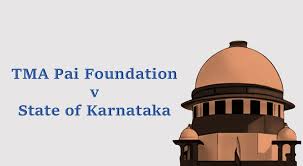


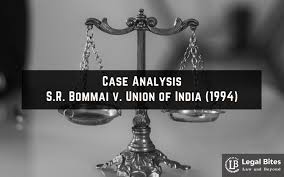








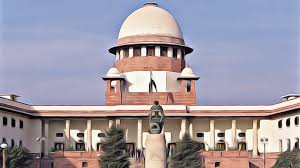

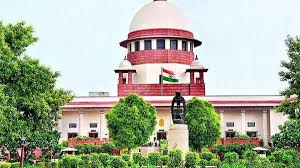









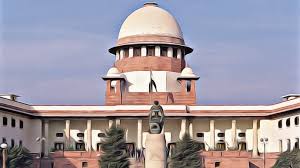




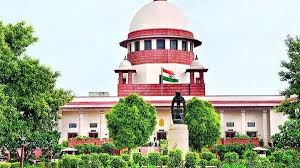




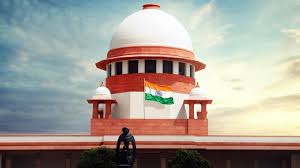



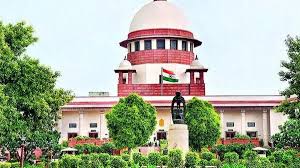
















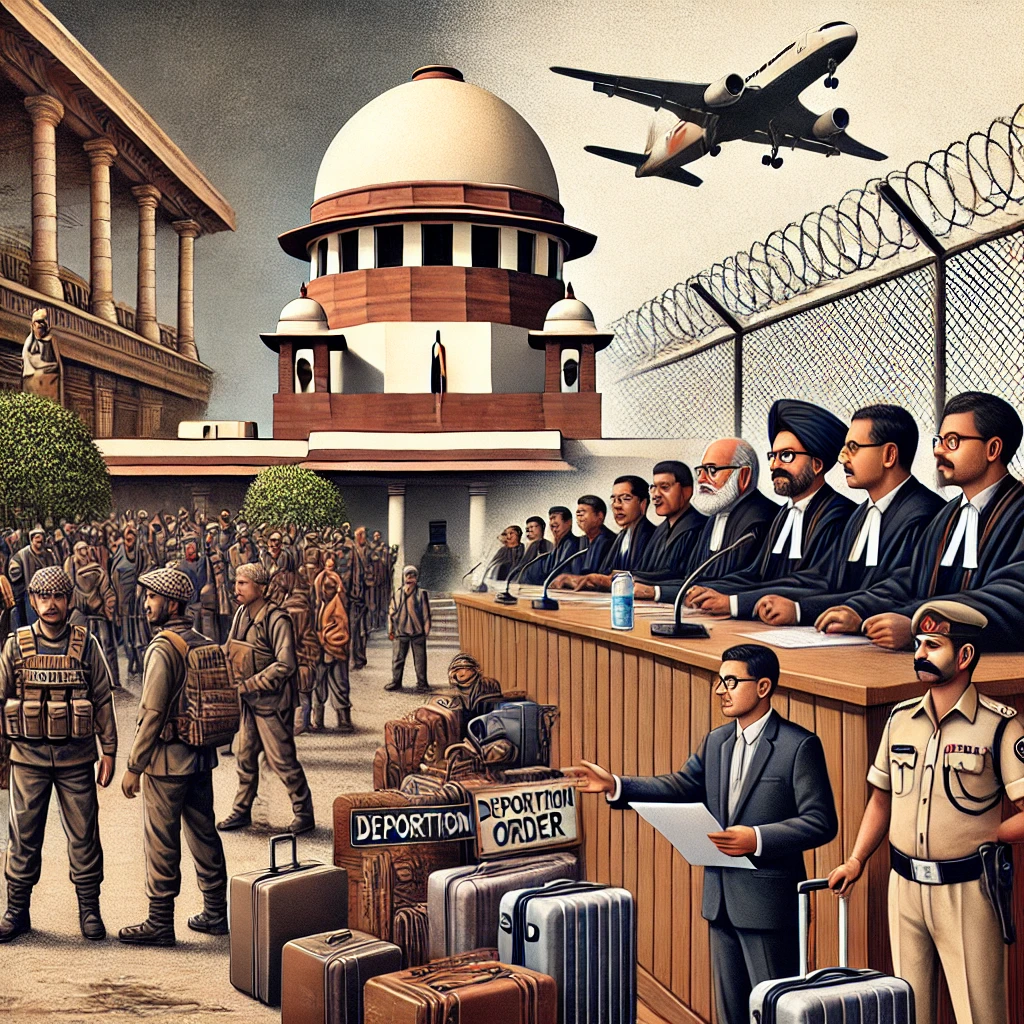
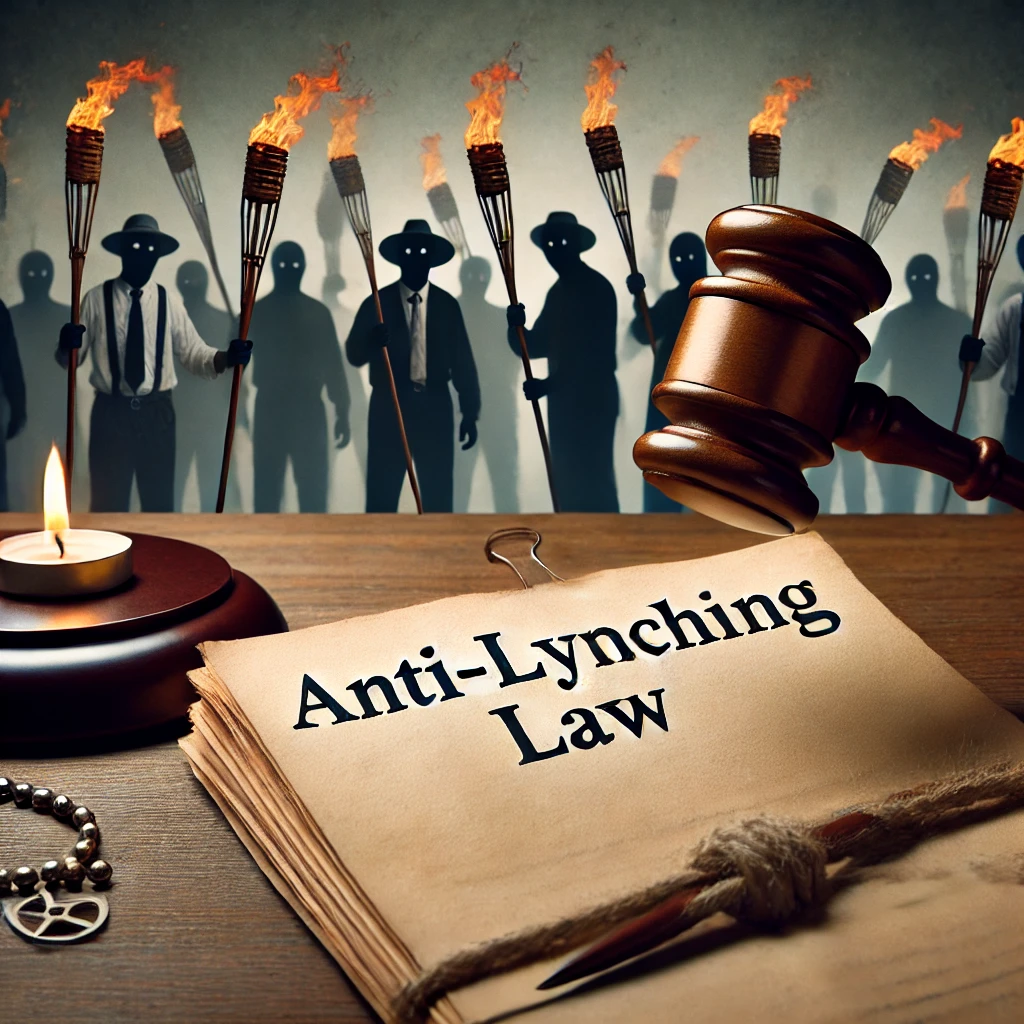
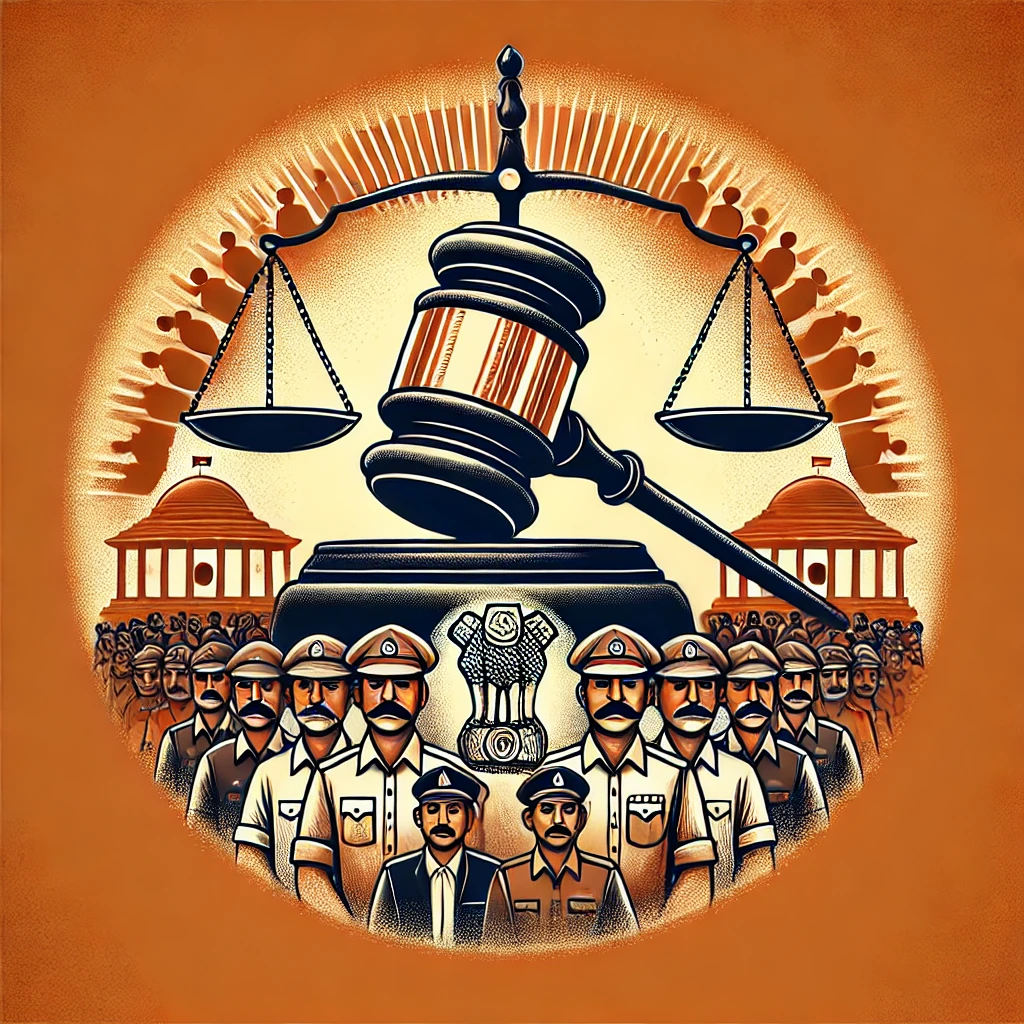


















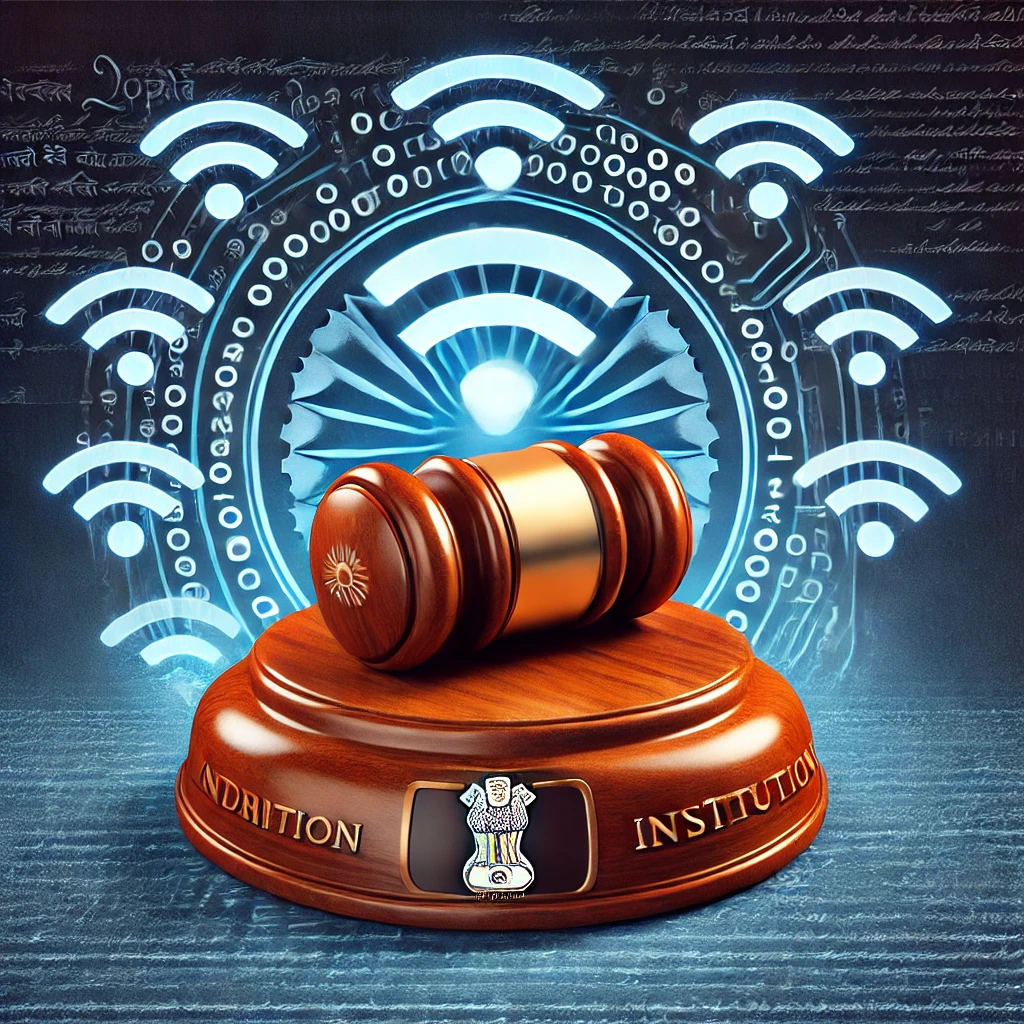
















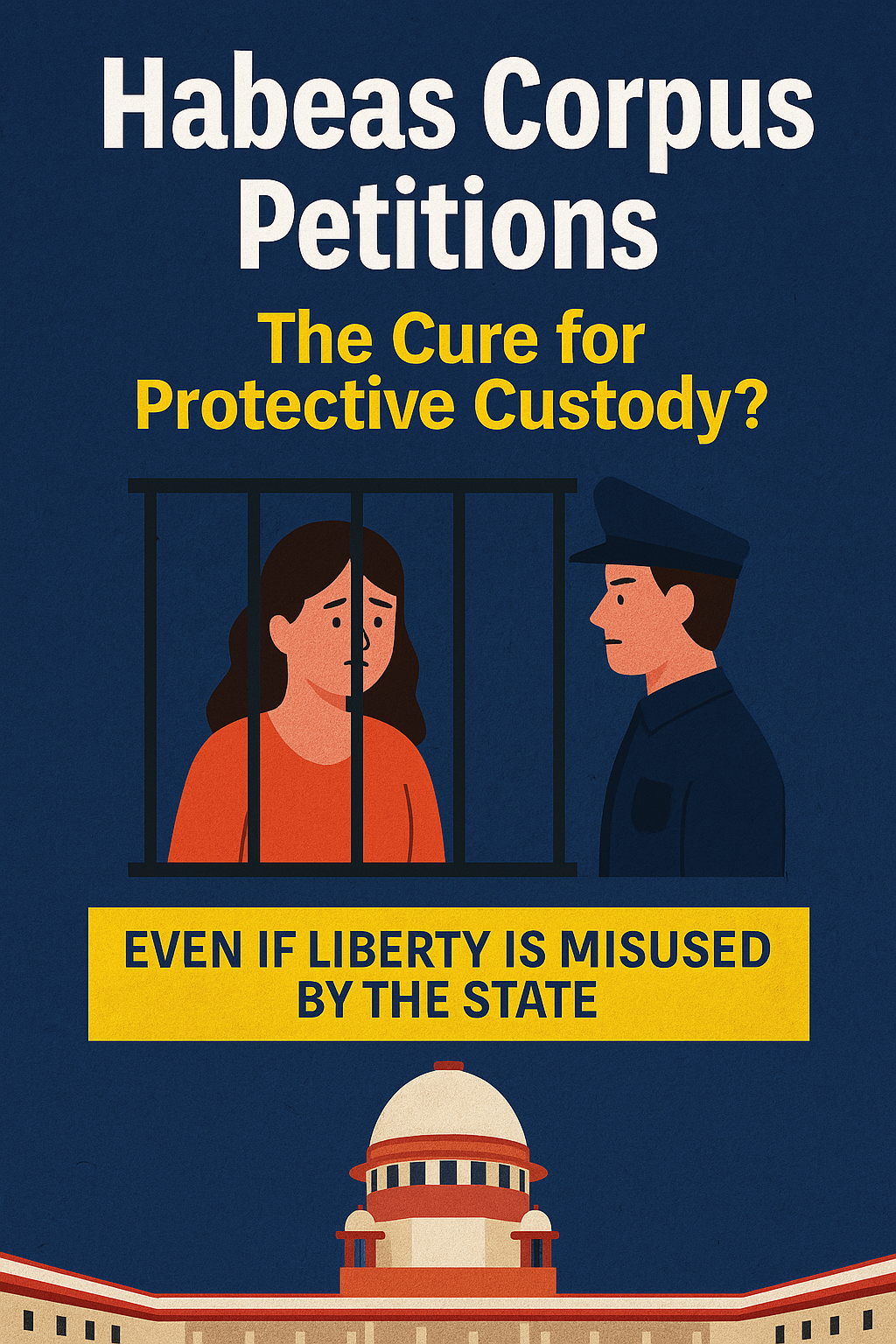









0 comments